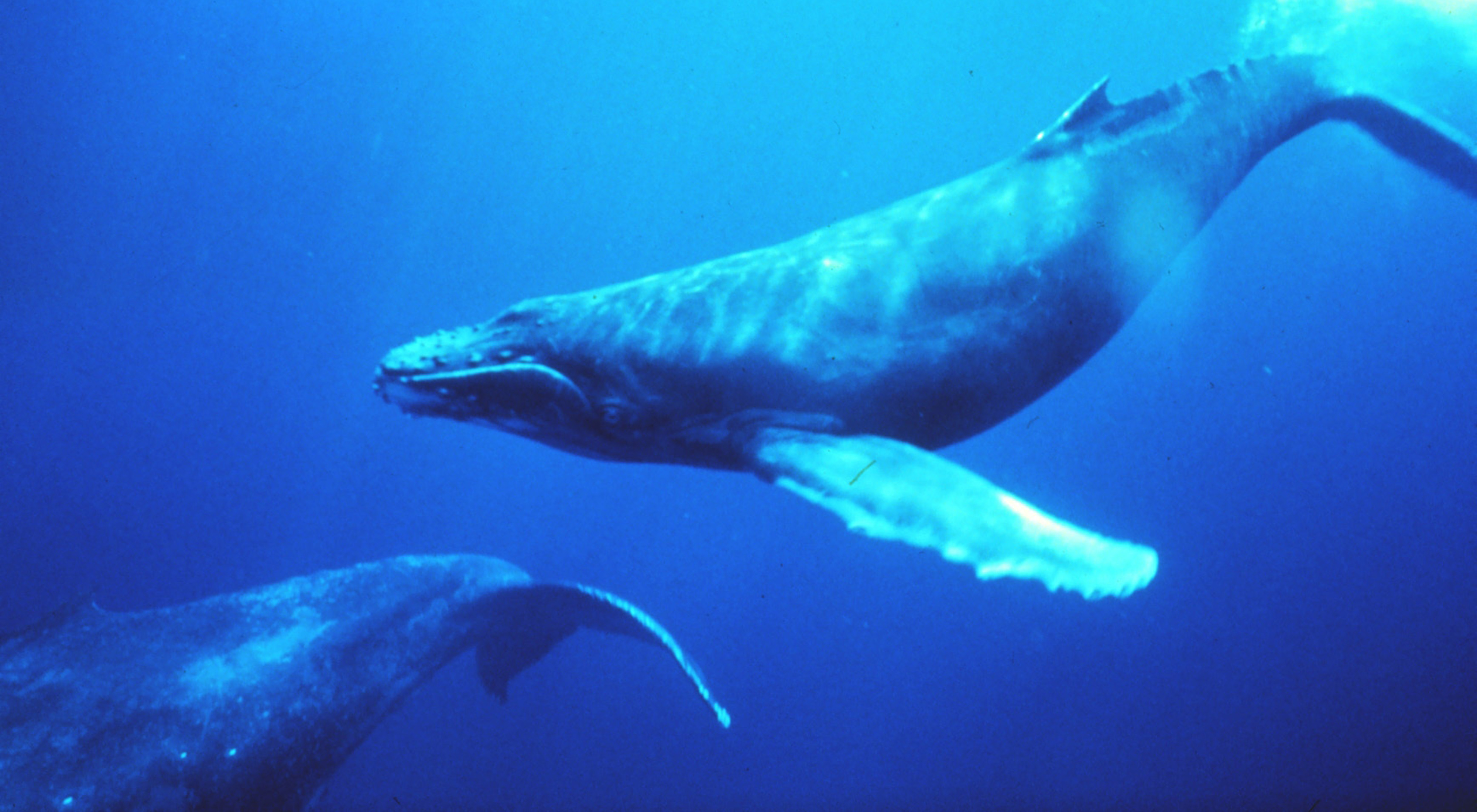Meet Whales
Whales are the world’s largest mammals. They are well known for their intelligence and for their often complex social behaviors. Despite living in water, whales are warm-blooded and need to breathe.
Some species of whales are predatory, while others—baleen whales—eat plankton, small fish, and plant matter by taking in large amounts of water and filtering food material and disposing of everything else.
All whales have dorsal fins that help them keep their balance while swimming or diving. They also all have pectoral flippers—and flukes, which is what humans love to photograph while on whale watches around the world.
Protecting Whales
Whales swim in all of the world’s oceans, but due to habitat degradation, hunting, ship strikes and entanglement in fishing gear, many species of whales are threatened or endangered. Some species have rebounded from the detrimental hunting in the 19th century, most whales have not yet regained their historic numbers.
The Nature Conservancy is helping assess humpback whale populations by helping develop computer programs that can recognize humpback whales and analyze data from images and video from monitoring projects.
TNC is also working with crab fishermen in California on possible ways to reduce getting whales caught in their nets.
We’re also working to protect marine areas that whales use for calving and nursing areas.

